Images: Uncovering the Colossal Dreadnoughtus Dinosaur
Big and Small
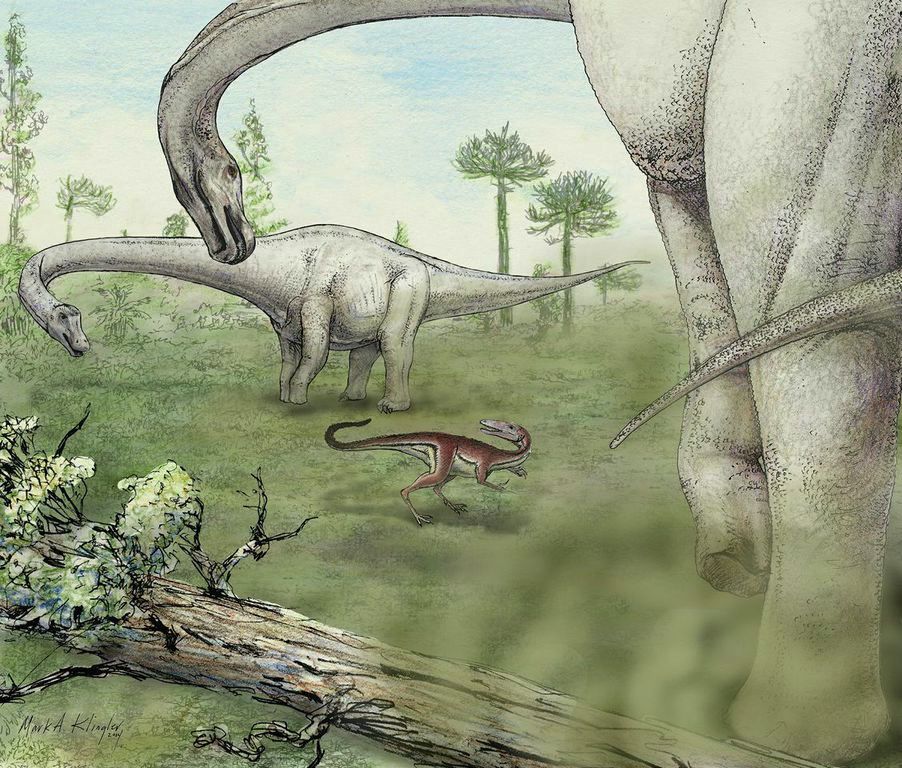
The bones of a gargantuan long-necked dinosaur, as big as a two-story house and weighing as much as 12 elephants, were discovered in Patagonia. Here, an illustrator's rendering of two Dreadnoughtus schrani dinosaurs next to a small meat-eating dinosaur. With a 37-foot-long neck, a 30-foot tale and a weight of 65 tons, the dinosaur likely had to eat massive amounts of plants to fuel its body. [Read full story]
Big dig
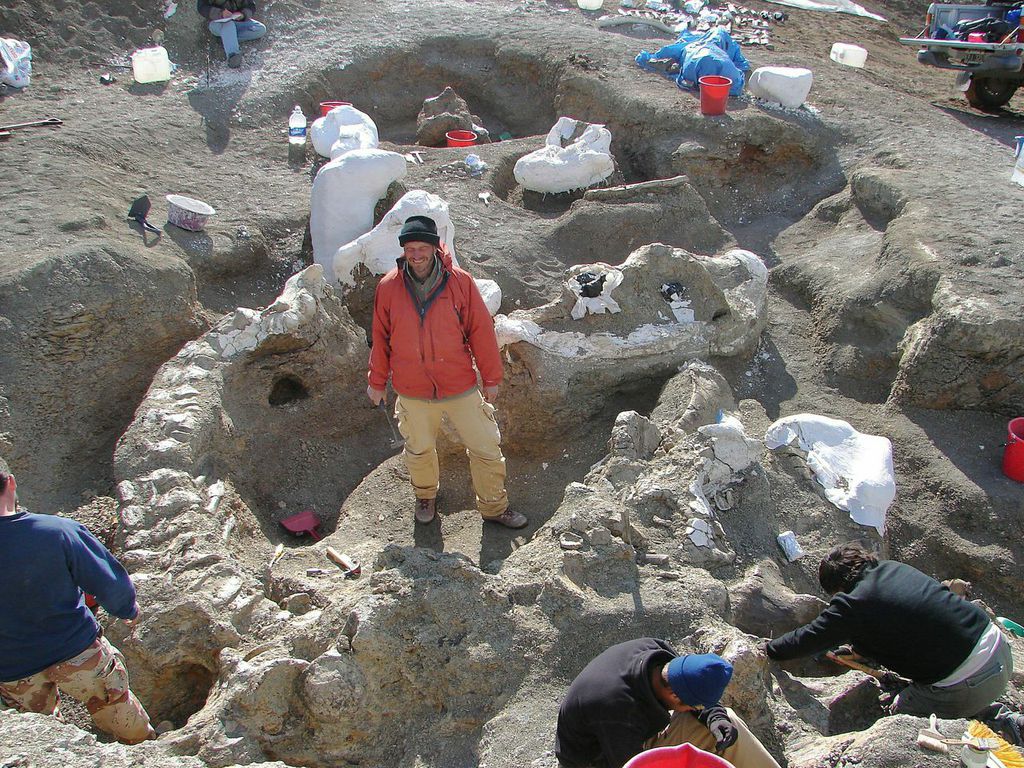
Lead researcher Kenneth Lacovara, an associate professor of paleontology and geology at Drexel University in Philadelphia, at the Dreadnoughtus site. [Read full story]
Heavy lifting

Between 2005 and 2009, researchers excavated the dinosaur bones (shown here in 2006), revealing 45 percent of dinosaur's total skeleton and about 70 percent of the bones in its body. [Read full story]
Large Dino

Paleontologist Kenneth Lacovara relaxes next to 234 plaster jackets holding the dinosaur bones of his and his colleagues' big find. [Read full story]
Teaming together
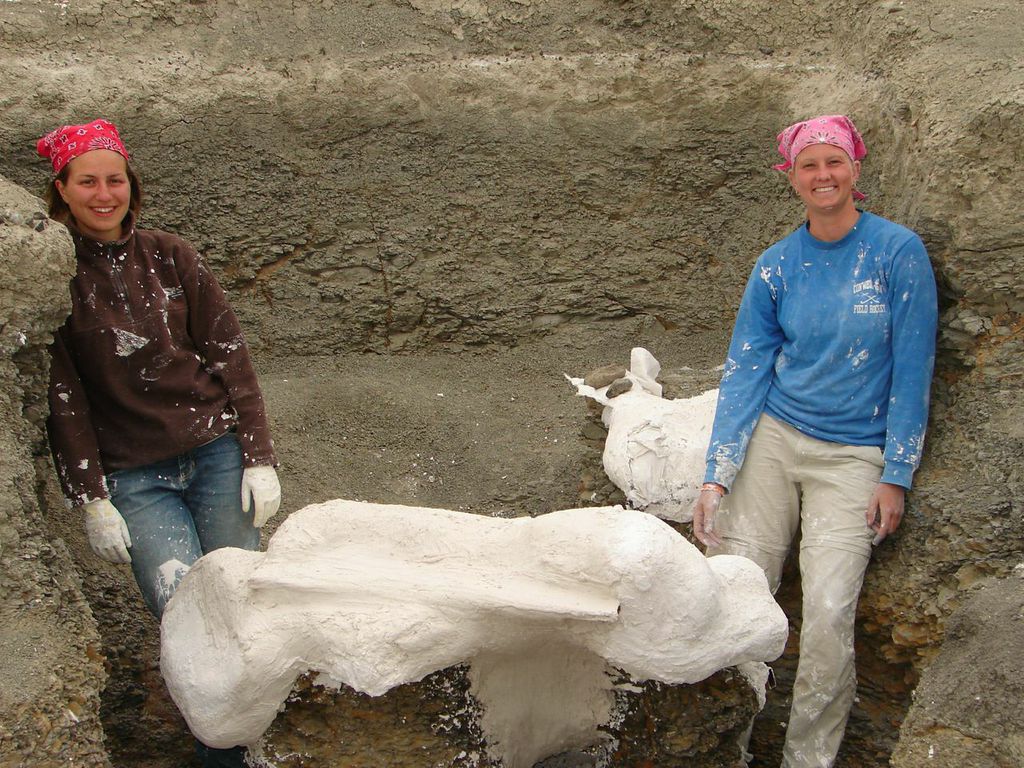
Former Drexel students Jessica Battisto (left) and Alison Moyer (right) jacket a single neck vertebra from Dreadnoughtus. [Read full story]
Dino Drawing
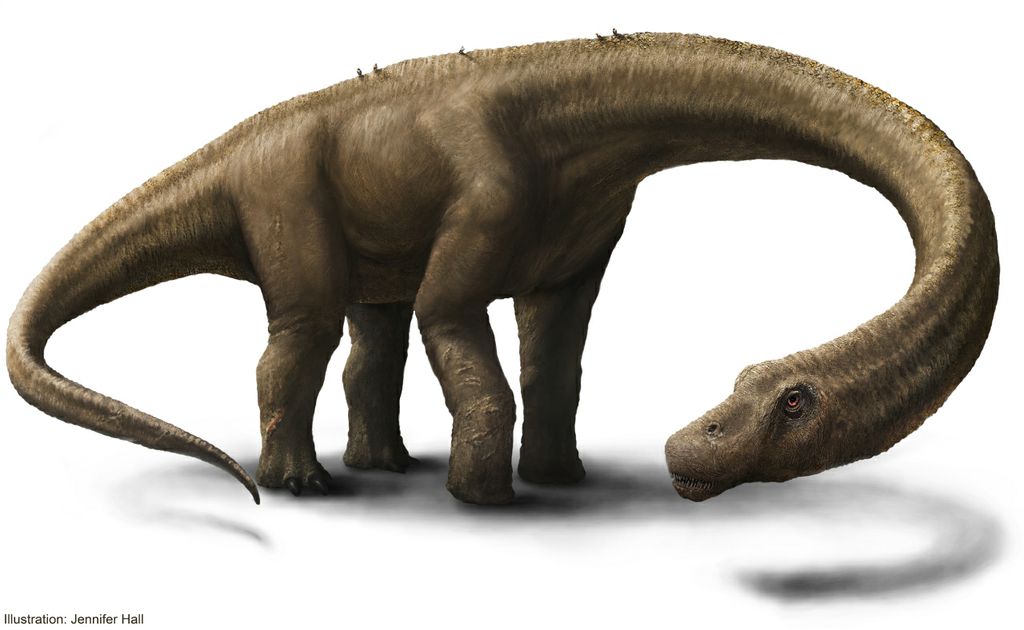
An artist's representation of Dreadnoughtus schrani, a dinosaur researchers discovered in Patagonia in 2005. The enormous dinosaur lived some 77 million years ago, during the Late Cretaceous, when Earth was warm and ice-free, dotted with flowering plants. [Read full story]
Tail of a tale
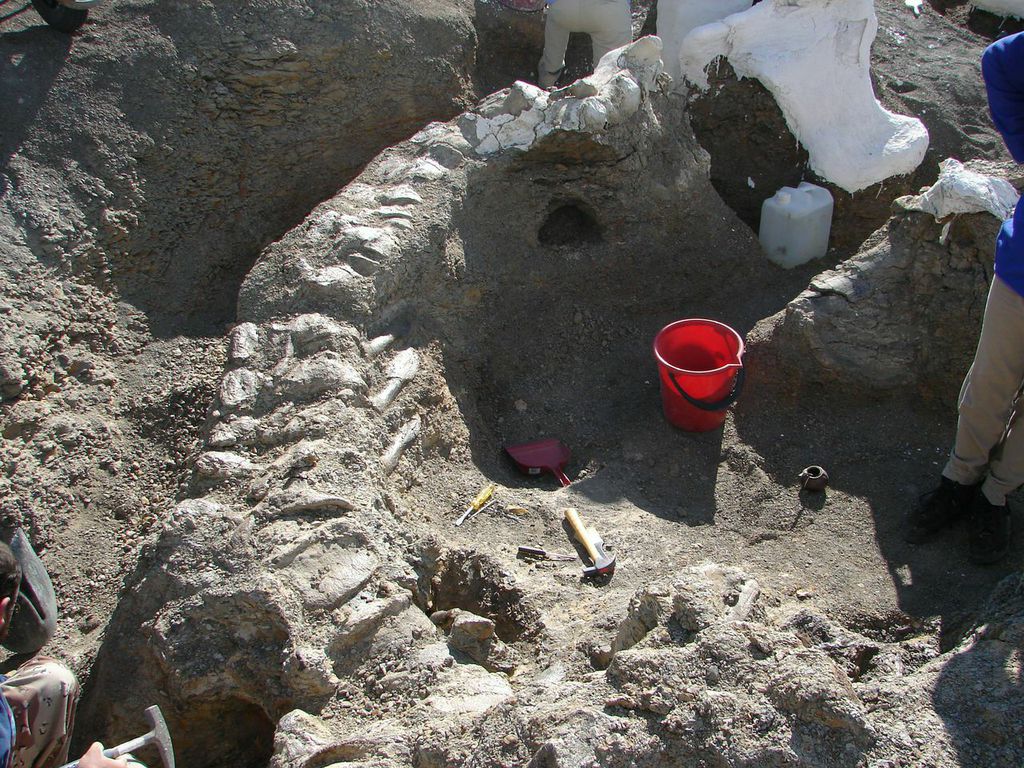
A portion of the 29-foot (8.7 meter) long tail of Dreadnoughtus schrani at the excavation site in Patagonia. [Read full story]
Get the world’s most fascinating discoveries delivered straight to your inbox.
Towering tibia
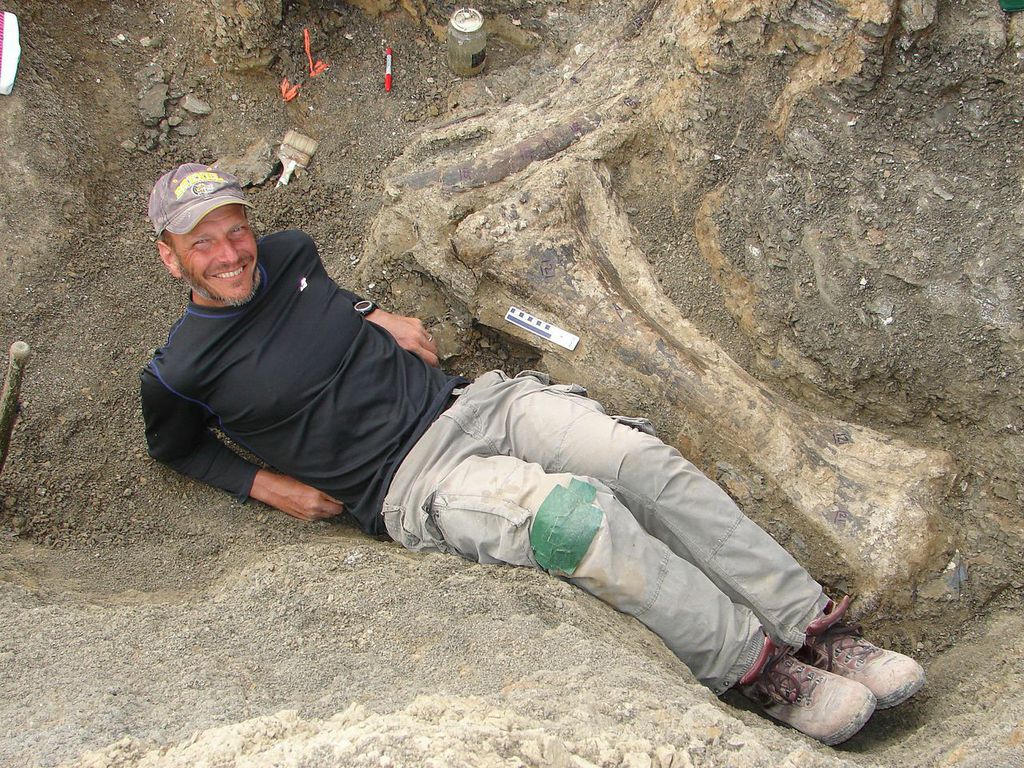
Lacovara sits next to the right tibia, or shinbone, of Dreadnoughtus. [Read full story]
Chevron spotlight
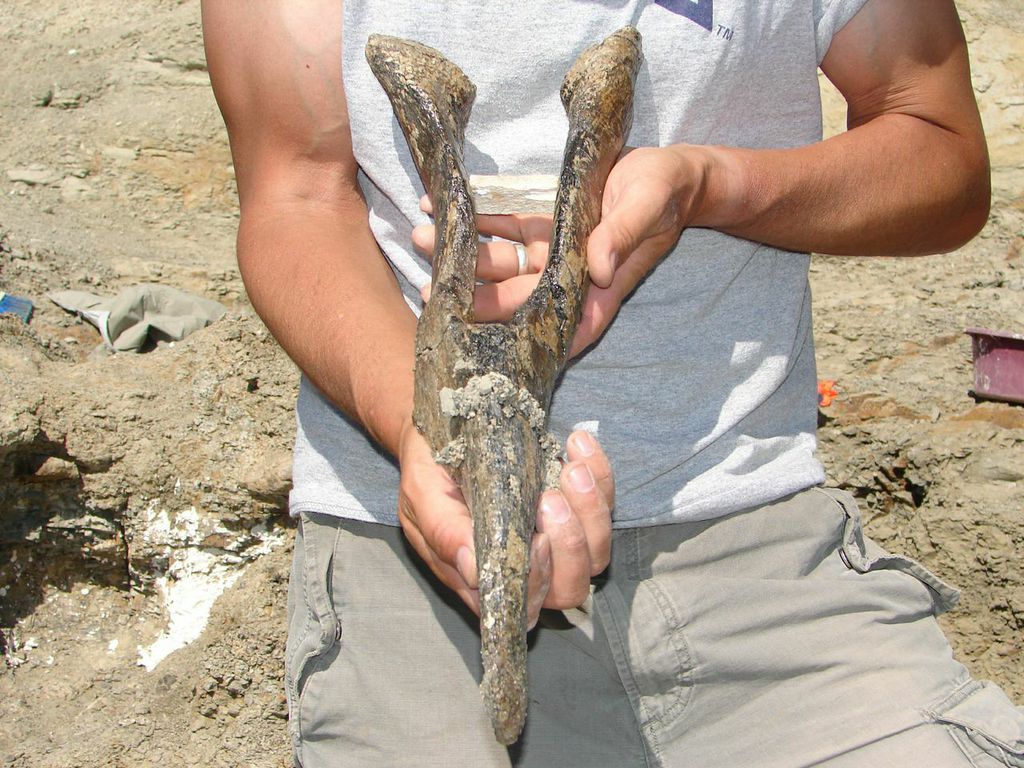
These bones, called a chevron, are found at the bottom of the tail. The chevrons in Dreadnoughtus tail have a large surface for muscle attachment, suggesting that the tail was muscular and powerful. [Read full story]
Stormy skies
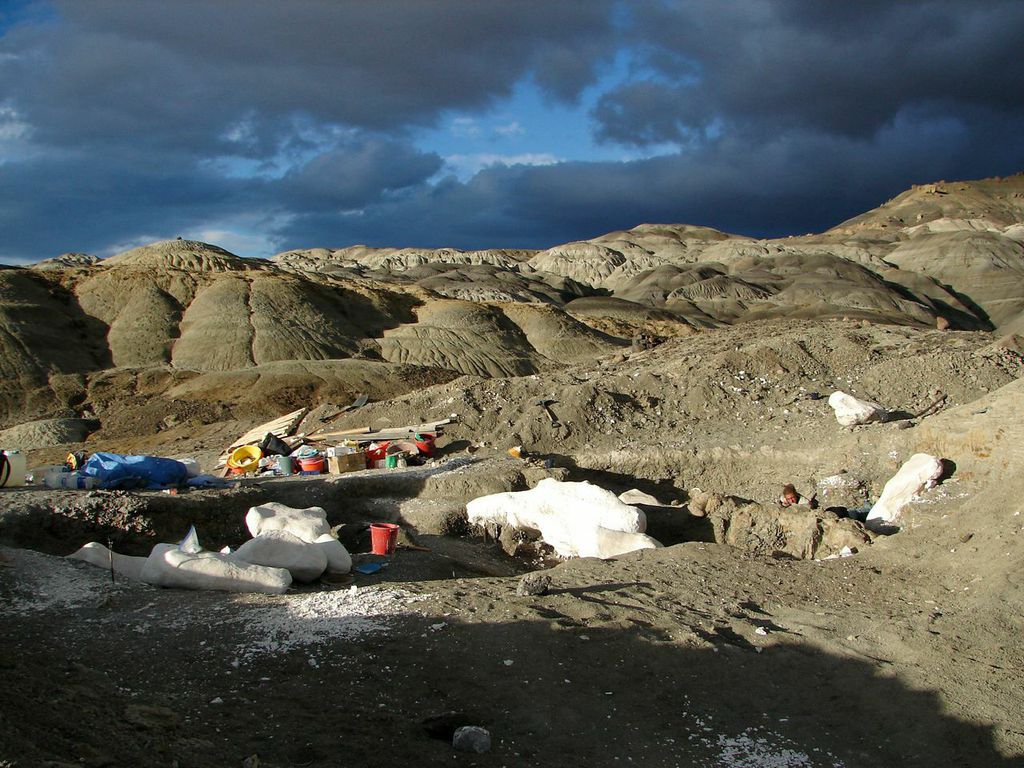
The landscape of Patagonia in Southern Argentina where the group excavated the dinosaur. [Read full story]
3D imaging
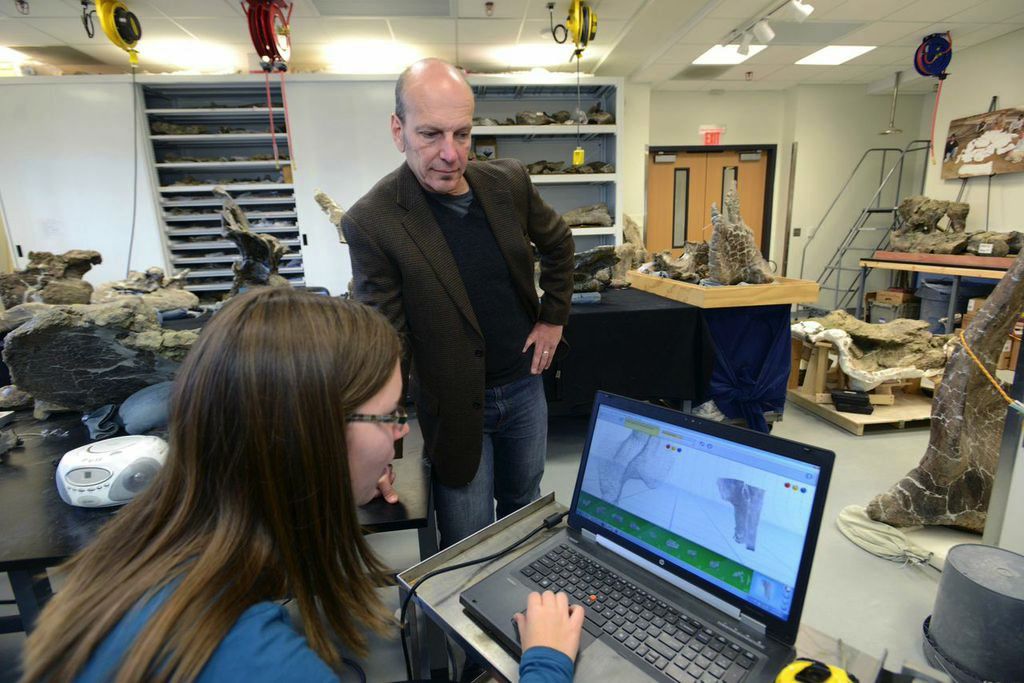
Lacovara’s team scanned the bones in 3D using lasers and are making them available to both researchers and the public. Here, doctoral candidate Anna Jaworski works on the Dreadnoughtus femur. [Read full story]

Laura is the managing editor at Live Science. She also runs the archaeology section and the Life's Little Mysteries series. Her work has appeared in The New York Times, Scholastic, Popular Science and Spectrum, a site on autism research. She has won multiple awards from the Society of Professional Journalists and the Washington Newspaper Publishers Association for her reporting at a weekly newspaper near Seattle. Laura holds a bachelor's degree in English literature and psychology from Washington University in St. Louis and a master's degree in science writing from NYU.


